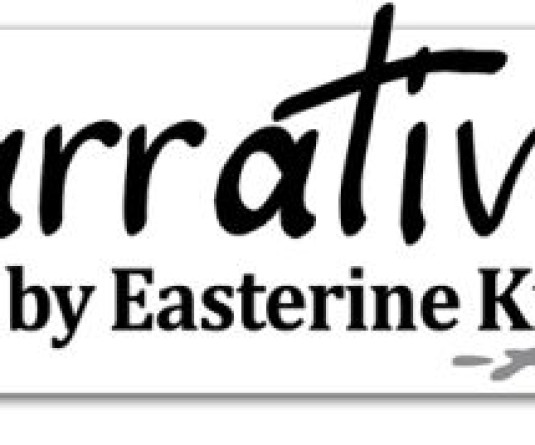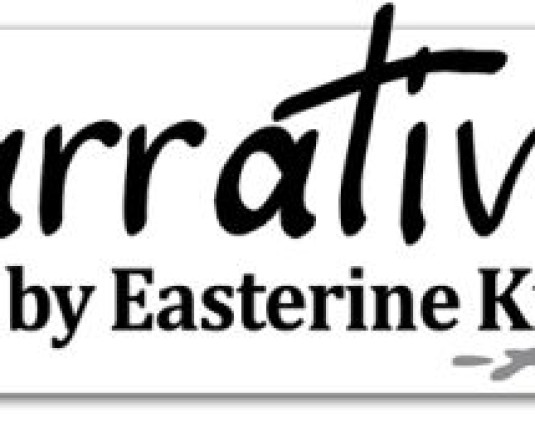
I often pass a little dress shop, and it is like going back in time. The fifties are back with a swing. Flared skirts in hues of brown and bronze hang invitingly at the entrance. Inside the shop, the blouses and frocks shout 1930 and 1940. Corduroy trousers, sweaters in autumn shades, and shocking pinks and startling oranges. And coats – double breasted in checked wool, sleek trench types, and wide labelled, full skirted coats. There are intriguing hats on the hat rack – a black Charleston ladies’ hat and a red flapper hat catch my eye. Short, lacy or see-through wrist-length gloves. The real deal, the whole deal. The dark interior forces customers to take the items out into the street to make a better assessment. And they are rarely disappointed. The key word is the tailored look. It is geared to a certain kind of customer, and they know it. A rainbow-coloured stuffed bird is perched above the clothing display. Supposedly to give more of the feel of the age. Even without the stuffed bird, they havebeen quite successful in creating nostalgia, and affirming that old is still gold.
I was reminded of Jimmy’s Brandy coat, his treasured possession. In 1944, it was taken away by a Japanese soldier when they occupied the village of Chieswema. Itdefinitely broke fifteen-year-old Jimmy’s heart.
Isn’t it interesting that fashion has a way of homogenising people in the same way that music can homogenise people belonging to a certain era in the way they think or act. On the plus side, it narrows the geographical divide. The Nagas in the 40s were not half-naked headhunters and forest dwellers as depicted by the one Hollywood movie based on the life of an escaped American G.I. who sought refuge with a Konyak tribe on the Burmese border and whose princess he married. Young Nagas in 1942 were listening to Bing Crosby; the women wore clothes and shoes ordered from the Army and Navy stores, Calcutta. In black and white photographs from the era, you can see the tailored blouses and sweaters which our girls teamed with the mandatory mekhela. But even with the mekhela, they somehow managed to turn it into a fashion statement by slanting the waist cloth into a very interestingly angled garment. Teamed with a short coat, they looked very smart and could have fit into polite society anywhere.
Funny how what someone is wearing can decide whether that person can be trusted or should be viewed with suspicion. The more people are dressed like you, the less you are likely to be suspicious of them. It shows the degree of self-trust most humans have judging others simply by what they were wearing, and how closely that dress sense matched their own.Some years ago, a man walked into an airport wearing a ladies’ summer dress. It was so preposterous people quickly got out of his way, and he laughed uproariously at the effect he was having on others. None of the onlookers could pretend it was normal behaviour. It was very awkward, but the awkwardness seemed to give him a high as he loudly called out, ‘Hello!’ to everyone he passed. No one could resist staring at the spectacle, which was what he wanted in the first place, else why would he dress in such a way. Never found out which flight he took, or whether he was arrested by airport police. A little horrified, we watched from a safe distance as the man walked off, creating ripples wherever he went. Fortunately, that was a one-off.
What are people wearing? I think we learn from a young age to judge people by what they are wearing. I heard a true story about a Naga officer whose great passion was gardening. After going home from work, he would don old, shabby clothes and hoe the soil, or experiment with new seeds, or weed flower plots, all of which gave him much joy. One evening he had a visitor who could not recognise him in his work clothes. The visitor peremptorily ordered him to fetch the sahib. I leave you to exercise your own imagination and picture the embarrassment of the visitor on discovering his error. Served him right. Good lesson for the rest of us. Everyone deserves the same amount of respect, and those who are better dressed are not entitled to better treatment than their neighbours, even if they might think so. Nothing wrong with dressing as well as you want, as long as it is not accompanied by a sense of privilegement. My new word. Privilegement. I think there is too much of it going around, like a long-lasting flu that won’t go away. May somebody find a good cure fast. A leveller that works.






